
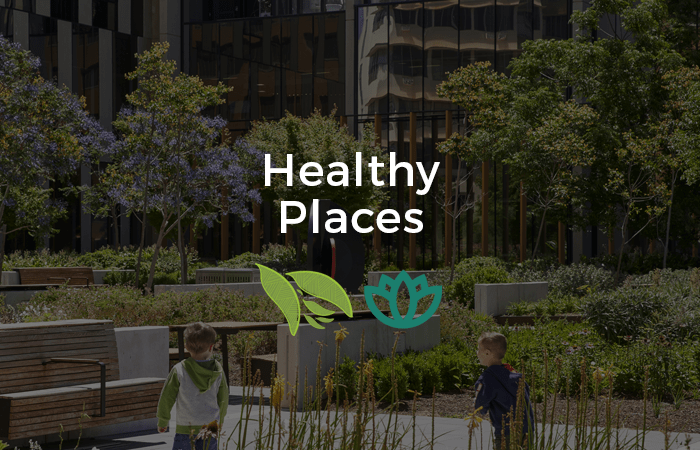
Our natural and built environments are healthy and sustainable
Objectives to achieve goal:
Support new ways to manage water more effectively for local ecosystems
Climate change is one of the most pressing threats to water security for ecosystems services.
The availability of renewable surface and groundwater resources is likely to decrease significantly in the Northern parts of our region. This will exacerbate competition for water between agriculture, ecosystems, industry and settlements.
Catchment management authorities, the Murray Darling Basin Authority, urban and rural water authorities and local communities need to work together to agree on priorities and pursue innovative water management interventions.
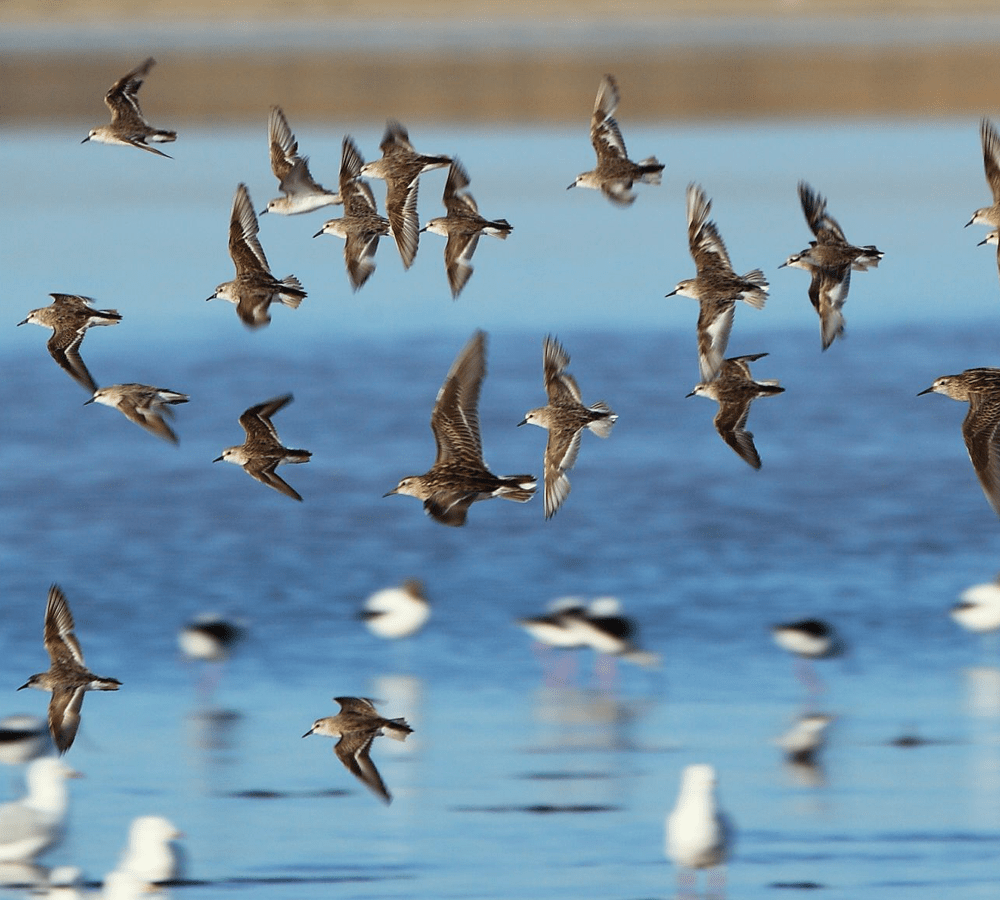
Priority Actions
Build and support programs that aim to create permanent bio links around wetlands and along natural watercourses
Develop interventions to enhance land management regimes on both public and private land. For example, water use efficiency on irrigated land, maintaining appropriate soil cover in dryland agriculture and improved management or protection regimes
Support innovation in managing land and reintroduce Aboriginal land management practices
We require more effective land management practices to heal environmental systems and reverse species’ decline resulting from the changing climate.
Private and public land managers will need to collaborate to look at ways to restore ecosystem functions across our landscape. A healthy landscape will provide carbon benefits in reducing emissions from vegetation clearing and continued carbon sequestration. Healthy landscapes will also offer greater resilience and better ecosystem services to people and the built environments.
Supporting Traditional Owners to manage their Country is critical. Traditional ways of caring for Country are deeply connected to land function and health.
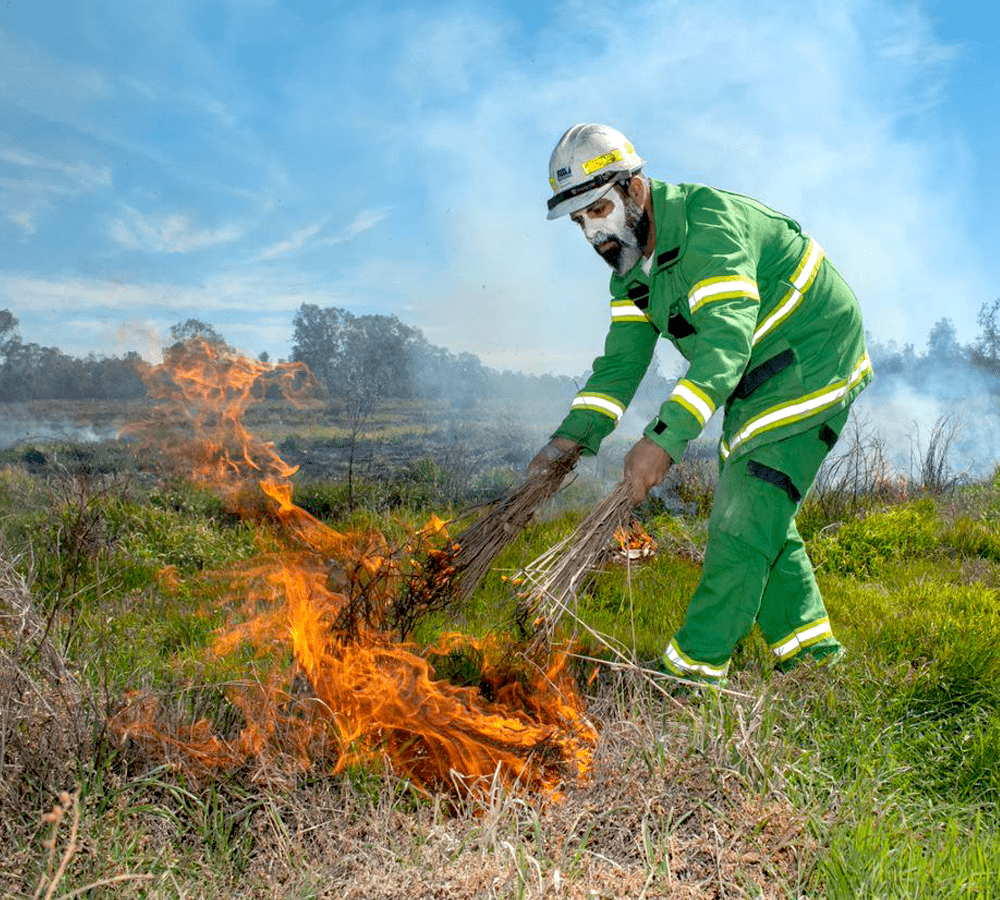
Priority Actions
Develop and support habitat restoration programs on farmland to enhance ecosystem function and conserve threatened species
Enable Traditional Owners to lead healing Country practices on both private and public land
Support innovations in the built environment that improve biodiversity outcomes
Our cities, towns and suburbs depend on healthy ecosystems and their components to sustain the long-term wellbeing of our communities.
Our growing population is becoming rapidly urbanised which places significant stress on our ecosystems. This growth can be both a threat and an opportunity for biodiversity.
Adopting concepts like urban ecology and increasing ‘green’ or ‘blue’ infrastructure in Loddon Mallee’s cities, towns, suburbs will need to be a core strategy for protecting the health of our biodiversity.
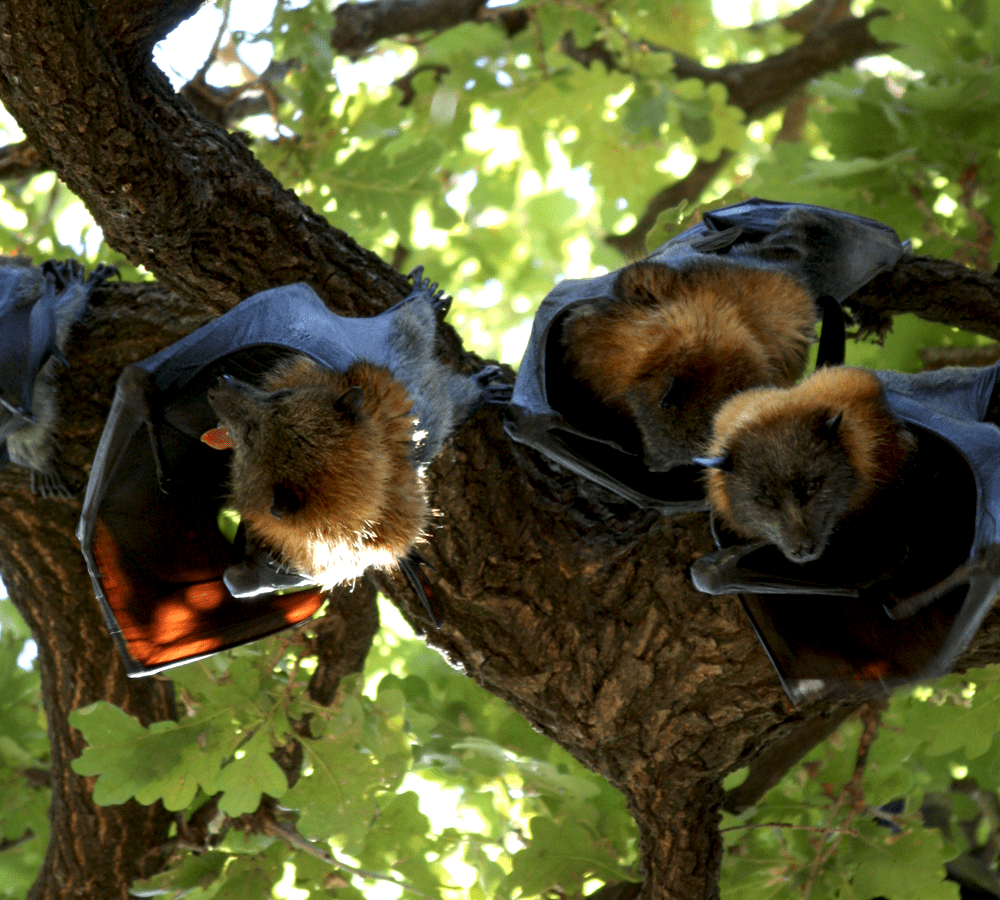
Priority Actions
Plan for and build more green-blue infrastructure in urban developments that support native flora and fauna popula
Provide education and funding for private landowners to build capacity in protecting and enhancing soils, water and biodiversity values
Improve the resilience of infrastructure in towns and cities
Climate change will impact infrastructure essential to the functioning of our communities, both in routine and extreme emergency circumstances.
Our infrastructure needs to be planned, designed, built and operated in a way that anticipates and prepares for our future changing climate conditions over their lifetimes. Building resilience into our infrastructure will be more cost-effective than the ongoing disaster recovery.
Climate-resilient infrastructure has the potential to improve the reliability of service provision, increase asset life and protect returns on investment.
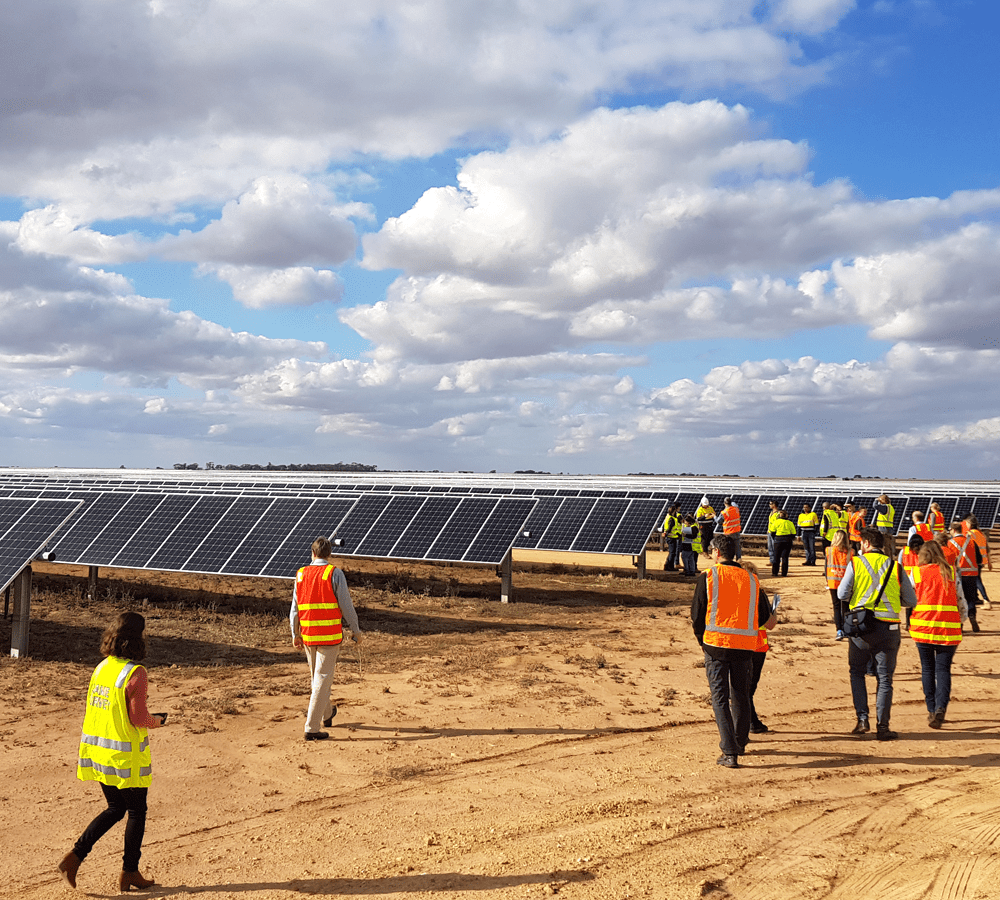
Priority Actions
Identify locations suitable for renewable Stand-Alone Power Systems to improve the grid’s strength, reduce emissions and increase energy efficiency
Develop guidance for local infrastructure initiatives and funding programs to incorporate climate change adaptation requirements
Innovate built environments to support a decarbonised and circular economy
For many existing buildings decarbonisation will mean retrofitting. Aged housing stock and heritage buildings makes this a challenge requiring creative solutions.
Supporting innovation in this area is critical to driving the growth and adoption of decarbonised and circular practices by industries.
A built environment based on circular economy principles will also optimise land-use and development, as well as the uptake of recycled and biological construction materials.
The reduced consumption of power, water, and virgin materials will benefit both communities and the environment.
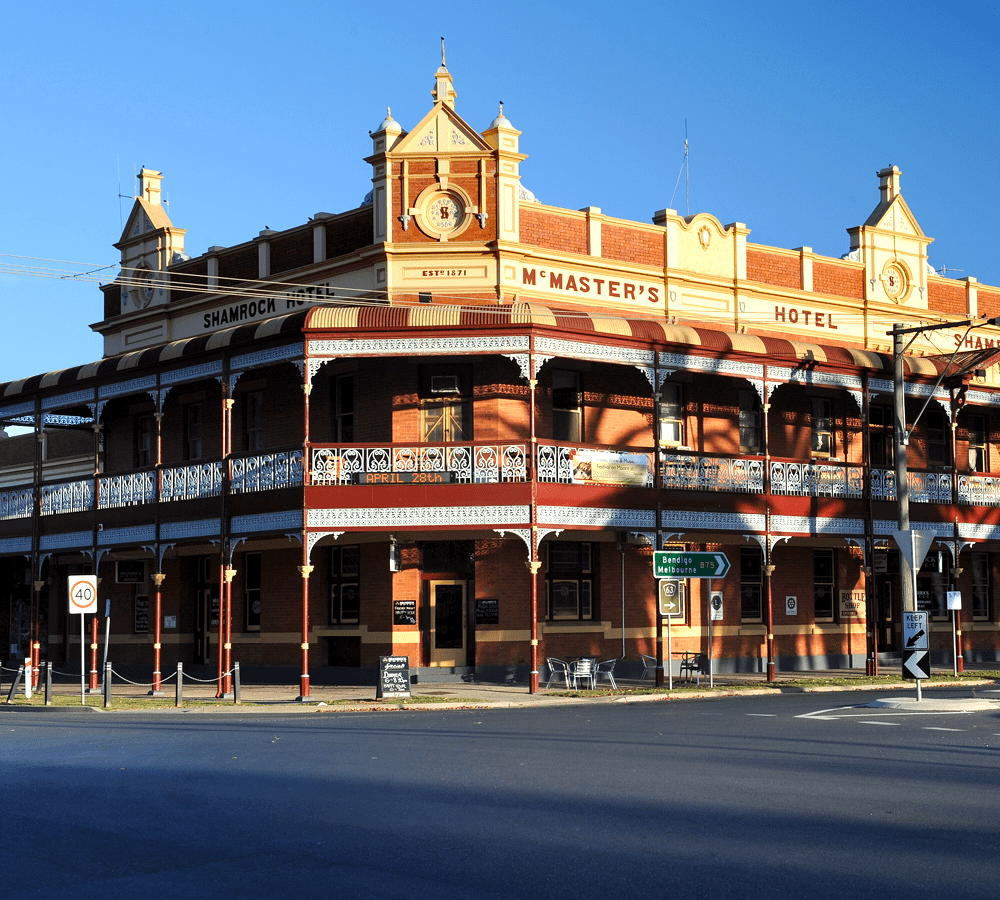
Priority Actions
Establish more investment programs for local recycling and manufacturing
Create more targeted innovation and entrepreneurship program for retrofitting solutions for existing and heritage building stock
Create discounts or subsidies to incentivise the use of second-hand materials in construction and production
We acknowledge and respect Victorian Traditional Owners as the original custodians of Victoria’s land and waters, their unique ability to care for Country and deep spiritual connection to it. We honour Elders past and present whose knowledge and wisdom has ensured the continuation of culture and traditional practices. We are committed to enabling self-determination for all Aboriginal people and aim to work closely with the Aboriginal community to drive action and improve outcomes especially in the context of a changing climate.